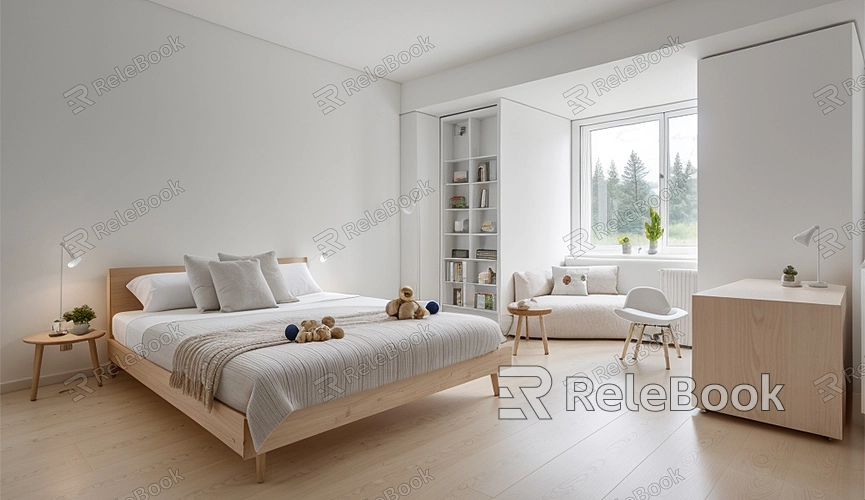How Long Do Blender Animations Take to Render?
Rendering is a crucial step when creating animations in Blender. Many ask: How long does it take to render a Blender animation? The answer depends on several factors, including scene complexity, render settings, hardware configuration, and more. This article explores these factors in detail and offers suggestions for optimizing rendering times.
Major Factors Affecting Rendering Time
1. Scene Complexity:
Factors such as geometric complexity, material details, and lighting setups significantly influence rendering time. Complex scenes require more computational resources, thus increasing rendering time.

2. Render Settings:
Parameters like resolution, sample count, light bounces directly impact rendering time. Higher settings enhance image quality but also markedly extend rendering time.
3. Hardware Configuration:
The CPU, GPU, and RAM of your computer are critical for determining rendering speed. High-performance hardware can substantially reduce rendering times.
4. Animation Length:
Longer animations with more frames naturally take longer to render. For instance, a 10-second animation at 24 frames per second (fps) requires rendering 240 frames.
Estimating Rendering Time
1. Test Render a Single Frame:
Begin by rendering one frame of your animation and note the time taken. For example, if one frame takes 2 minutes.
2. Calculate Total Frames:
Based on the animation duration and frame rate, calculate the total number of frames. For example, a 5-minute animation at 30fps equals 9000 frames.
3. Estimate Total Time:
Multiply the time per frame by the total number of frames. For instance, 2 minutes per frame × 9000 frames = 18000 minutes, approximately 300 hours.
Methods to Optimize Rendering Time
1. Reduce Sample Count:
Lowering sample counts while using denoising techniques can maintain image quality while reducing rendering time.
2. Lower Resolution:
If high resolution isn’t necessary for the final output, reducing resolution can significantly cut down render times.
3. Use GPU Rendering:
Utilize GPU rendering if your graphics card is capable, as it often renders faster compared to CPU rendering.
4. Distributed Rendering:
Employ multiple computers for distributed rendering to share the rendering workload, drastically reducing total render time.
5. Optimize Scenes:
Simplify geometry, optimize materials, and lighting setups to streamline rendering processes.
Practical Case Study
Imagine you’re working on a complex indoor animation with a render time of 5 minutes per frame. The animation is 2 minutes long at 24fps, totaling 2880 frames. Thus, the total rendering time would be 5 minutes × 2880 frames = 14400 minutes, or 240 hours. By reducing sample counts, resolution, and leveraging GPU rendering, you can cut frame render times to 2 minutes each, reducing total render time to 5760 minutes, or 96 hours. Using two computers for distributed rendering could further reduce this to 48 hours.
Blender animation rendering times vary due to multiple factors, but effective optimization strategies can significantly reduce rendering time. For high-quality 3D textures, HDRI, or 3D model downloads, consider using Relebook to enhance your modeling and virtual scenes. This guide aims to assist you in better estimating and optimizing Blender animation rendering times, boosting your productivity.

